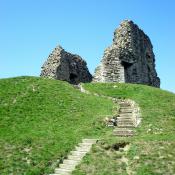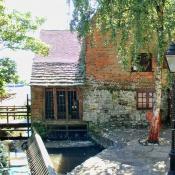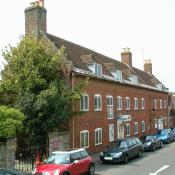A 19th century Grade I listed building, built by Lord Stuart de Rothesay. 5 partially restored staterooms housing a visitor centre and gallery featuring a changing programme of exhibitions. Guided tours also available.
Highcliffe Castle is a grade one listed building with an intriguing history. Perched on the high cliffs that give the village of Highcliffe its name, the castle was built in the early nineteenth century on the site of a Georgian mansion designed for the Earl of Bute, who founded Kew gardens (the original gardens at Highcliffe Castle were laid out by Capability Brown). The castle was designed by William Donthorpe, a founding member of RIBA, who incorporated into the design large quantities of carved Medieval stonework salvaged from the Norman Bendictine Abbey of St Peter at Jumieges.
When the Earl's fourth son, General Sir Charles Stuart, sold the estate, his son (also Charles Stuart) decided to buy it. By 1830 Lord Stuart de Rothesay, a distinguished diplomat, owned much of the eastern end of the estate and had set about turning the ruins of the original castle (all that remained were the two entrance lodges) into what is arguably the most important remaining example of the Romantic and Picturesque style of architecture that flourished in the early nineteenth century.
The estate remained in the Stuart family until 1950 when much of it was sold off, allowing development right up to the castle walls. After being briefly used as a children's home and then a seminary, Highcliffe Castle fell into disrepair until it was finally rescued by Christchurch Council, who funded a major restoration project in the 1990s helped by English Heritage and the national lottery.
Highcliffe Castle is built on an 'L' shape, with an oriel window central to the south-east axis that provides an unrivalled view across the landscaped gardens to Christchurch Bay and the world-famous needles on the Isle of Wight.
The castle is now a fully-licensed wedding venue (the most popular in Dorset) and open to the public. A range of exhibitions and historical information, including a black and white photo in every room taken from a 1942 edition of Country Life, showing the castle in its heyday. There are tea rooms in the garden.
A gentle footpath leads down through the gardens to a lovely sandy beach.




